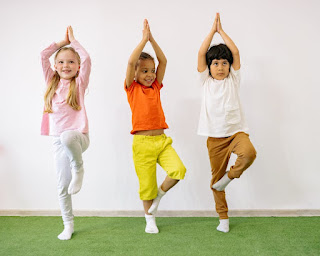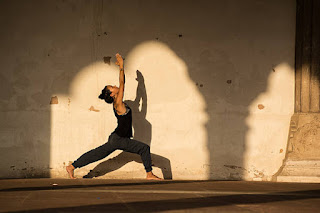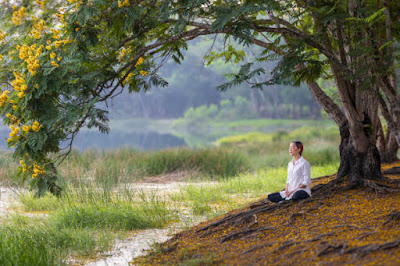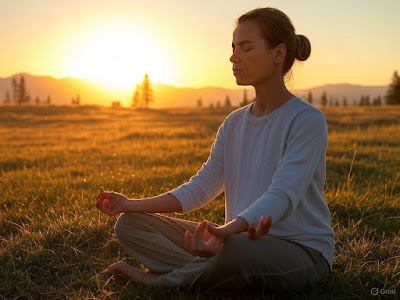Enhancing Strength Through Yoga: A Deeper Dive into Core, Arm, and Leg Workouts
Yoga offers a versatile platform for building strength across various body parts, notably the core, arms, and legs. By adjusting poses, focusing on the stages of each pose, and incorporating breath work, practitioners can significantly amplify their strength-building efforts. This section will explore how to tailor yoga practices to target these areas more effectively.
Core Strengthening
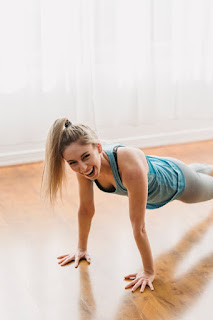
Plank Pose (Phalakasana): Plank is a foundational pose that strengthens the entire core. Begin in a push-up position, with your shoulders over your wrists and your body in a straight line from head to heels. To increase core engagement, draw your navel towards your spine and press the ground away with your hands. Hold the pose for 30 seconds to a minute, gradually increasing the time as your strength improves.
- Alterations for Different Targets: For an added challenge, transition into Side Plank (Vasisthasana) by shifting your weight onto one hand and stacking your feet, lifting the opposite arm towards the sky. This variation targets the obliques and increases balance and stability.
- Integrating Breath: Focusing on deep, steady breaths in Plank Pose helps maintain stability and increases endurance. The act of breathing deeply engages the deep core muscles, enhancing the strength-building effects of the pose.
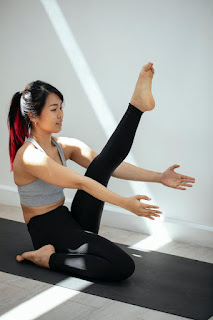 Boat Pose (Navasana) is renowned for its core-strengthening benefits. Starting seated, lift your legs to form a V-shape with your body, extending your arms forward parallel to the ground.
Boat Pose (Navasana) is renowned for its core-strengthening benefits. Starting seated, lift your legs to form a V-shape with your body, extending your arms forward parallel to the ground.
- Stages and Alterations: Begin with bent knees to maintain balance and gradually straighten the legs as your core strength increases. For those new to the pose or with lower back issues, keeping the hands on the floor beside your hips or holding the back of your thighs can offer support.
- Breath Integration: Engaging in controlled breaths during Boat Pose helps stabilize the pose and deepen core engagement. Inhale deeply to prepare, and exhale as you lift into the pose, drawing the navel in towards the spine to activate the core muscles further. Arm Strengthening
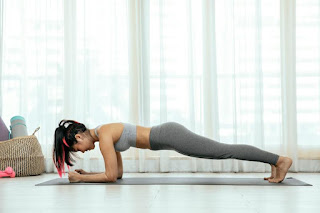 Chaturanga Dandasana (Four-Limbed Staff Pose): Chaturanga is crucial for building arm strength, especially in the triceps and shoulders. Start in Plank Pose, then lower your body halfway down, keeping your elbows close to your sides and stopping when your elbows are at a 90-degree angle.
Chaturanga Dandasana (Four-Limbed Staff Pose): Chaturanga is crucial for building arm strength, especially in the triceps and shoulders. Start in Plank Pose, then lower your body halfway down, keeping your elbows close to your sides and stopping when your elbows are at a 90-degree angle.
- Stages and Alterations: Beginners may modify Chaturanga by dropping their knees to the floor, reducing the weight on the arms while maintaining the alignment and integrity of the pose. As strength builds, progress to the full expression of the pose, eventually incorporating transitions directly from Chaturanga into Upward-Facing Dog (Urdhva Mukha Svanasana) to build additional strength and flexibility.
- Breath Integration: Engage in controlled breathing throughout the pose to help stabilize and power through the challenge. Exhaling as you lower into Chaturanga harnesses the core, supporting the arms and shoulders.
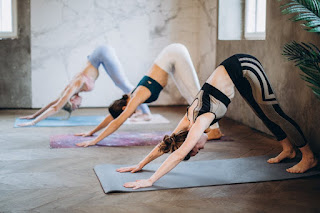 Downward-Facing Dog (Adho Mukha Svanasana) serves as a foundational pose that strengthens the arms and shoulders. From all fours, lift your hips high, straightening your legs and arms, forming an inverted V-shape.
Downward-Facing Dog (Adho Mukha Svanasana) serves as a foundational pose that strengthens the arms and shoulders. From all fours, lift your hips high, straightening your legs and arms, forming an inverted V-shape.
- Stages and Alterations: To focus on arm strength, experiment with bending one knee and then the other, “walking out” the dog, which shifts more weight into the arms and shoulders. Practicing a three-legged Downward Dog, lifting one leg at a time, can also increase the strength requirement for the arms and shoulders.
- Breath Integration: Breathing plays a crucial role in sustaining the pose. Deep, steady breaths help maintain the alignment and length in the spine, while exhaling deeply can assist in deepening the stretch and engagement of the arms. Leg Strengthening
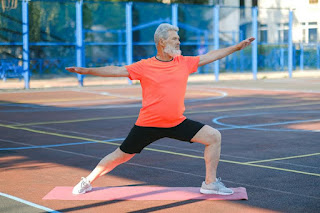 Warrior II (Virabhadrasana II): This pose focuses on the legs, building strength in the quadriceps, hamstrings, and calves. From a standing position, step one foot back, turning it outwards, and bend the front knee to a 90-degree angle, keeping the knee above the ankle.
Warrior II (Virabhadrasana II): This pose focuses on the legs, building strength in the quadriceps, hamstrings, and calves. From a standing position, step one foot back, turning it outwards, and bend the front knee to a 90-degree angle, keeping the knee above the ankle.
- Stages and Alterations: To deepen the pose and increase leg strength, extend the time held in Warrior II, focusing on sinking deeper into the bend of the front knee while maintaining alignment. For an added challenge, transition into Extended Side Angle (Utthita Parsvakonasana) or Peaceful Warrior, which further engages the leg muscles and adds a component of flexibility and balance.
- Breath Integration: Deep, rhythmic breathing in Warrior II helps maintain focus and balance. The inhalation can be used to find length in the spine, while the exhalation helps deepen into the pose, further engaging the leg muscles and building strength.
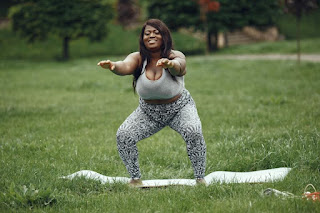 Chair Pose (Utkatasana) targets the thighs and glutes, demanding endurance and strength. Starting in a standing position, bend your knees as if sitting back into a chair, extending your arms overhead.
Chair Pose (Utkatasana) targets the thighs and glutes, demanding endurance and strength. Starting in a standing position, bend your knees as if sitting back into a chair, extending your arms overhead.
- Stages and Alterations: To increase intensity, sink deeper into the pose, challenging the quads and glutes further. For those seeking a more advanced variation, lifting onto the balls of the feet adds a calf strengthening component and challenges balance.
- Breath Integration: Focus on inhaling to find length in the body, and exhale to sit deeper into the imaginary chair. This breathing technique not only aids in maintaining the pose but also in engaging the leg muscles more intensely.
- Integrating Breath for Strength Building
- In all poses, integrating breath work is key to building strength. Breathing deeply and steadily through challenging poses increases oxygen flow to the muscles, supporting endurance and strength development. The breath acts as a bridge between the body and mind, allowing for deeper focus and a greater connection to the physical experience, ultimately enhancing the strength-building capacity of each pose.
- These detailed approaches to core, arm, and leg strengthening through yoga highlight the importance of mindful practice, modifications for progression, and the power of breath integration. By adopting these strategies, practitioners can maximize their strength gains, contributing to a balanced and holistic approach to physical health.

